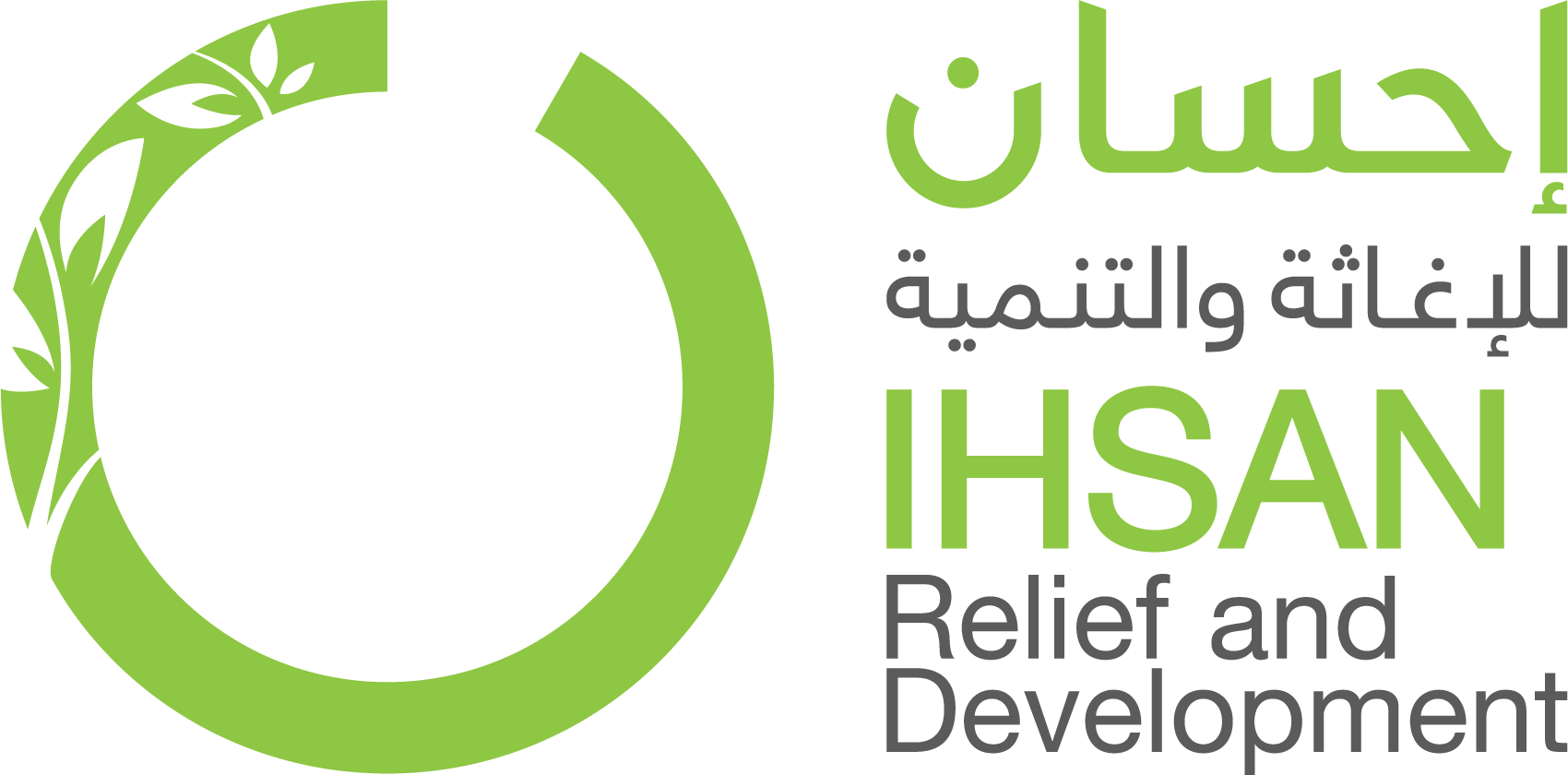


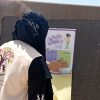
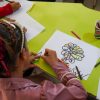
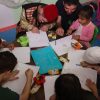
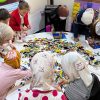
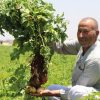






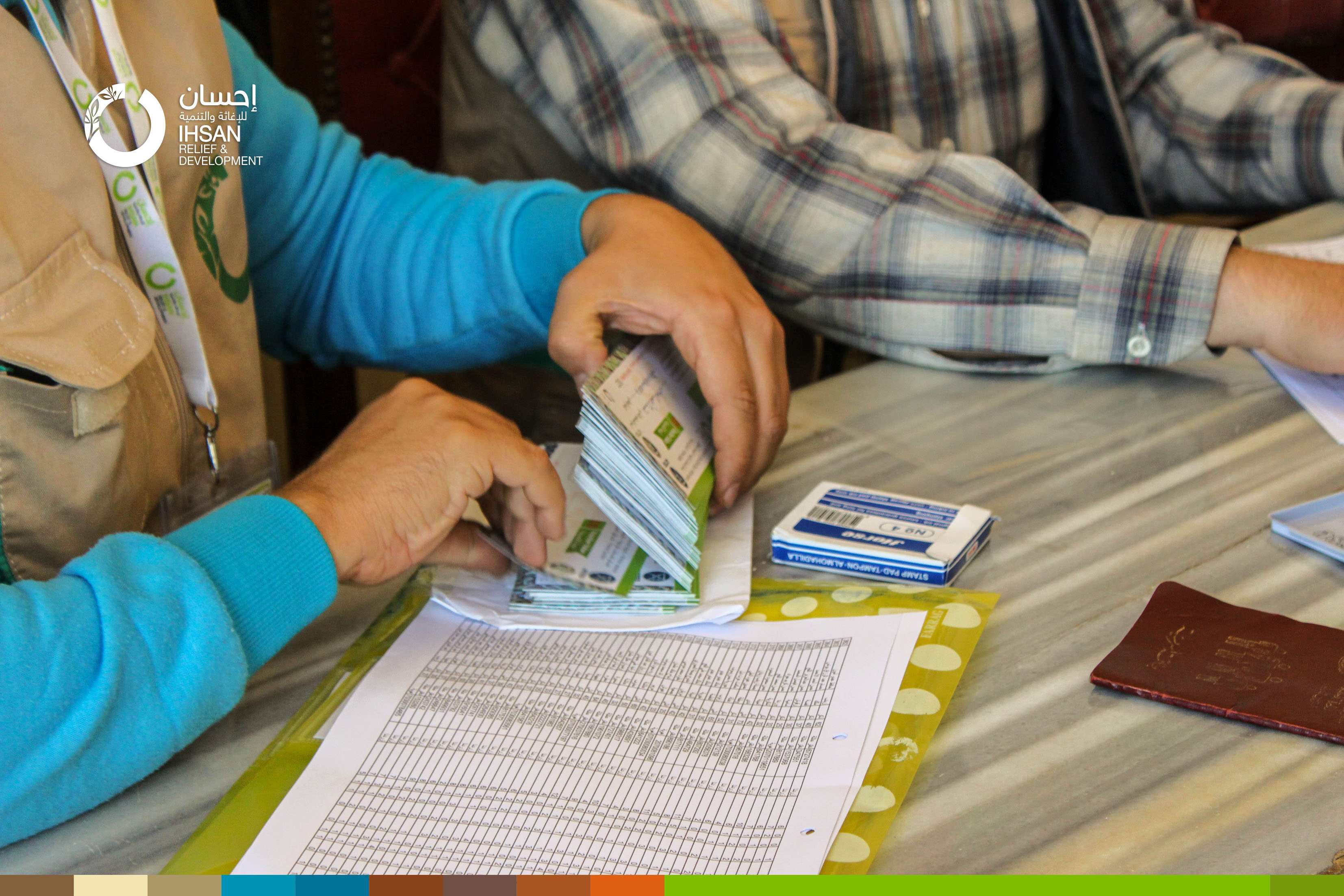





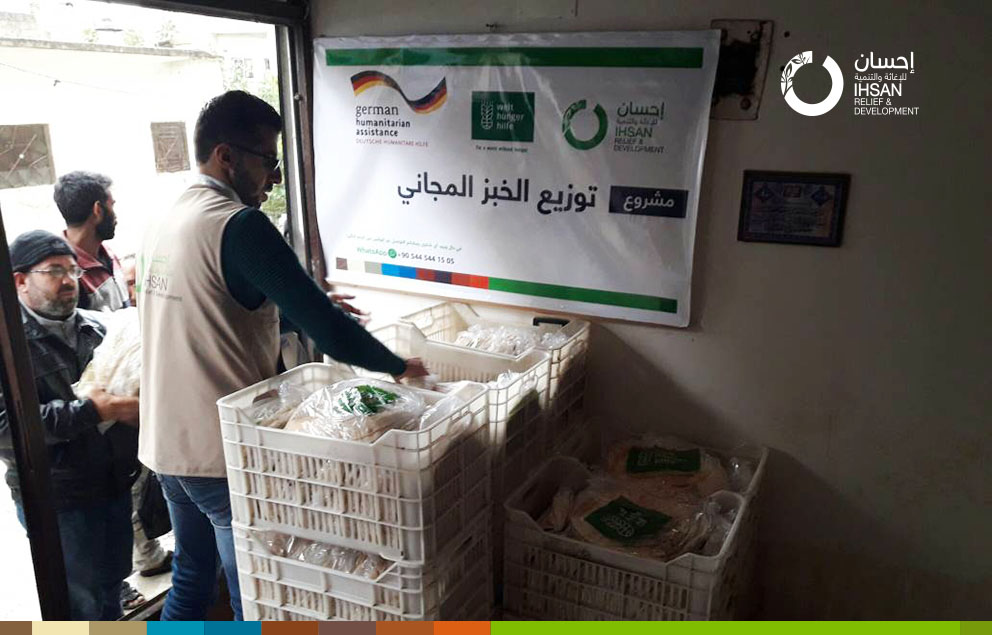





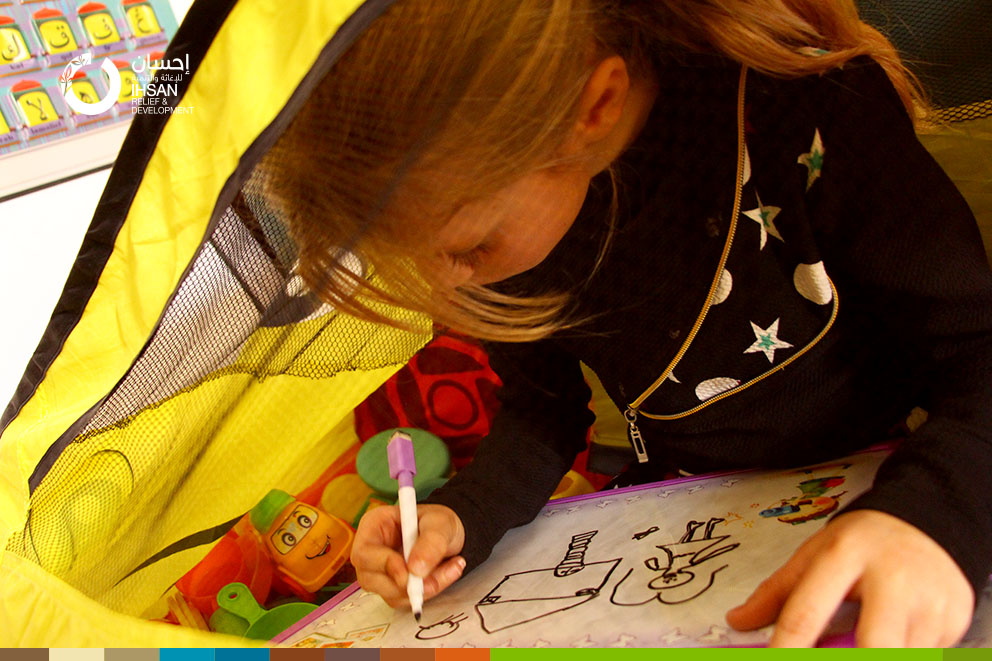





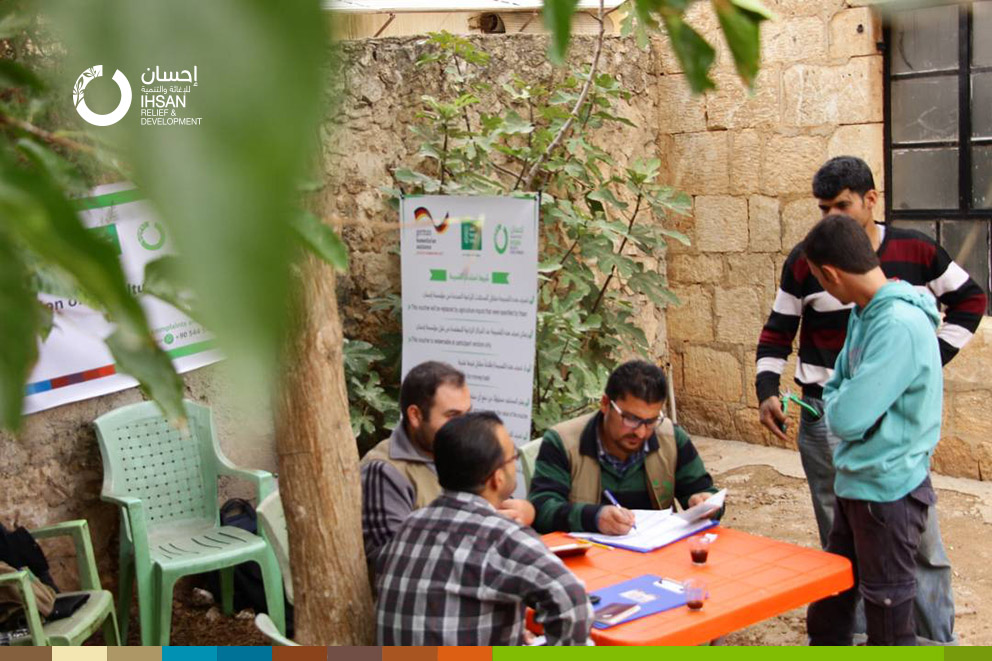






Amman, 30 October 2017
As delivered
Madame President,
This is my second briefing to you on the humanitarian situation in Syria. In Amman today I have
discussed the position with the Jordanian authorities and the UN humanitarian leadership team
based in the region. One conclusion is obvious: the impact of the Syria crisis continues to be
profound. My briefing today focuses on the humanitarian issues inside Syria. High
Commissioner Grandi will speak to you on the refugee situation on Thursday.
More than 13 million people inside Syria still need humanitarian assistance. 6.3 million of them
are exceptionally vulnerable and in acute need as a result of displacement, hostilities, and limited
access to basic goods and services. Conflict and violations of international humanitarian law
continue to be the principal drivers of humanitarian need, with civilians in many parts of the
country enduring massive suffering.
Military operations and hostilities in some parts of the country, particularly in the east, continue
to drive displacement. The number of long-term internally displaced people (IDPs) has decreased
from 6.3 to 6.1 million over the past year, while IDP returns, especially of those temporarily
displaced, have been increasing in some parts of the country. But levels of new displacement
remain high, with some 1.8 million reported to have been displaced between January and
September.
Madame President,
I want to flag some specific current problems which particularly concern me, and then I will
summarise where we are on the humanitarian response.
I am worried about the impact of fighting and airstrikes on civilians and civilian infrastructure in
Raqqa governorate, with scores of civilians reportedly killed in recent months. ISIL may be
largely pushed out of Raqqa, but after years of oppression and almost a year of intense fighting,
humanitarian needs will continue to be large for some time to come. Since the beginning of the
anti-ISIL offensive in November last year, airstrikes and clashes have resulted in more than
436,000 people being displaced from Raqqa to 60 different locations, including in neighbouring
governorates.
I am also concerned for the safety and protection of civilians at risk from unexploded ordinance
throughout Raqqa city, particularly those trying to return to their homes. Despite the directive
issued by local authorities for civilians not to return to the city until it is deemed safe, the UN
anticipates that people will go back to try to check on and protect their homes and their personal
assets.
Further to the east, in Deir Ez-Zor governorate, heavy fighting and airstrikes continue to result in
civilian deaths and injuries. Large-scale displacement also continues, with IOM reporting some
350,000 people displaced since August, including more than 250,000 people in October alone.
In mid-October, in Al Mayadin city and surrounding areas in Deir Ez-Zor governorate, around
15,000 people were reportedly without access to health services following air strikes on the city,
rendering hospitals and medical points inoperable. UNICEF and WHO report that the attacks on
Al Mayadin destroyed a vaccine cold room, with at least 140,000 doses of UN-provided measles
and polio vaccines lost. Until a new cold room is built and the required cold chain equipment –
including solar fridges, cold boxes and vaccine carriers – are delivered, routine immunization for
vulnerable children in the area will be delayed. This is a particular setback for efforts to check
one of the world’s largest polio outbreaks in recent memory, an outbreak which continues to
plague Deir Ez-Zor in particular, with new cases continuing to be reported.
In Homs governorate, over a period of 20 days this month, ISIL reportedly executed at least 128
people in reprisal killings, accusing them of collaboration with the Syrian government.
And an estimated 50,000 Syrians remain stranded in the desert in Rukban on the ‘Berm’ along
the Syrian-Jordanian border. In the last year there have been only two distributions of UN
humanitarian food assistance to these people and it has been four months since the last partial
distribution. As limited commercial supplies are reaching Rukban, access to food is precarious
and the overall situation remains dire. As the winter months approach, this situation will become
even more acute. Ongoing assessments and data collected through the UN health clinic
underscore the fragility of the situation. A long-term durable solution to the plight of these
people has to be found. Meanwhile immediate access to enable life-saving assistance for the
civilian population is critical. Clearly the best approach is to find a solution from within Syria.
We are straining every sinew to do that. Whatever happens, it is our collective duty to avoid yet
another humanitarian catastrophe in Syria.
Madame President,
Nearly three million people in Syria continue to live in besieged and hard-to-reach areas.
In eastern Ghouta daily shelling has continued to be reported in recent weeks. Humanitarian
access to eastern Ghouta – one of the four de-escalated areas where nearly 95 per cent of Syria’s
besieged population lives – has been severely curtailed for months. Since the start of the year
110,000 people have received food assistance, out of an estimated population of nearly 400,000.
Today the UN and partners delivered food, nutrition and health assistance to 40,000 people. An
alarming number of child malnutrition cases have been recorded there, and more than 400 people
with health problems require medical evacuation. I join the call of the World Food Programme
(WFP) and others for unimpeded humanitarian access.
Madame President,
Against this background, the UN and our partners continue to implement in Syria one of the
largest humanitarian operations in the world. We are reaching millions of people on a monthly
basis. For example, in September WFP provided food assistance to more than 3.3 million people,
UNICEF reached over 1.5 million people, and WHO reached over 800,000 people. We have just
completed a major piece of work to analyse implementation of activities so far this year, and I
have separately made available to you new data on that.
I would like to update you on the position on, first, humanitarian assistance to areas controlled by
the Government of Syria; second, cross-line activities; and third, cross-border activities.
Between January and August of this year, UN and NGO programmes, implemented in close
cooperation with various line ministries of the Syrian Government have reached an average of
well over 4 million people a month in government-controlled areas of the country. These
programmes continue to represent the vast majority of our work inside Syria.
Next, cross-line activities. We continue to face considerable challenges in meeting the
humanitarian needs of people in hard-to-reach and besieged locations. As the Secretary-General
pointed out to you in his monthly report, there is an expectation that progress in de-escalation
will result in increased humanitarian access. While we continue alongside others to work hard on
the issue, this has yet to materialize. Since the beginning of the year, on average fewer than a
quarter of the UN inter-agency cross-line convoys requested under the monthly and bi-monthly
plans have been able to proceed. And thus far in October, inter-agency convoys collectively
reached fewer than 200,000 people. On average only 10 per cent of people in besieged locations
were reached with UN assistance each month this year and that is the total we are also at now for
October given the deliveries today.
The removal of life-saving medicines and medical supplies continues. We have briefed you on
that before.
I hope that, in the coming days, real and tangible progress can be made on cross-line activities,
through the trilateral coordination mechanism in Damascus.
Madame President,
As I said last month, it remains our view that cross-border assistance provided for in Security
Council resolution 2165 has been a lifeline. This assistance has allowed the UN to reach millions
of people in need in northern and southern parts of Syria. Since UN cross-border operations
began in July 2014, we have deployed more than 16,400 trucks carrying assistance through
authorised crossings into Syria. On average, aid was delivered to 2.76 million people a month
through cross-border operations between January and August of this year. A considerable
proportion of the many millions in need – in both northern and southern Syria – have been
regularly reached; not just once or twice, but consistently and systematically throughout the last
three years. Our experience with cross-line operations from within Syria, which I have just
referred to, leads us to believe that it would be impossible to reach those people in a sustained
manner from within Syria. I therefore regard a renewal of resolution 2165 as essential. Millions
of people depend on the activities it mandates.
Thank you Madame President.
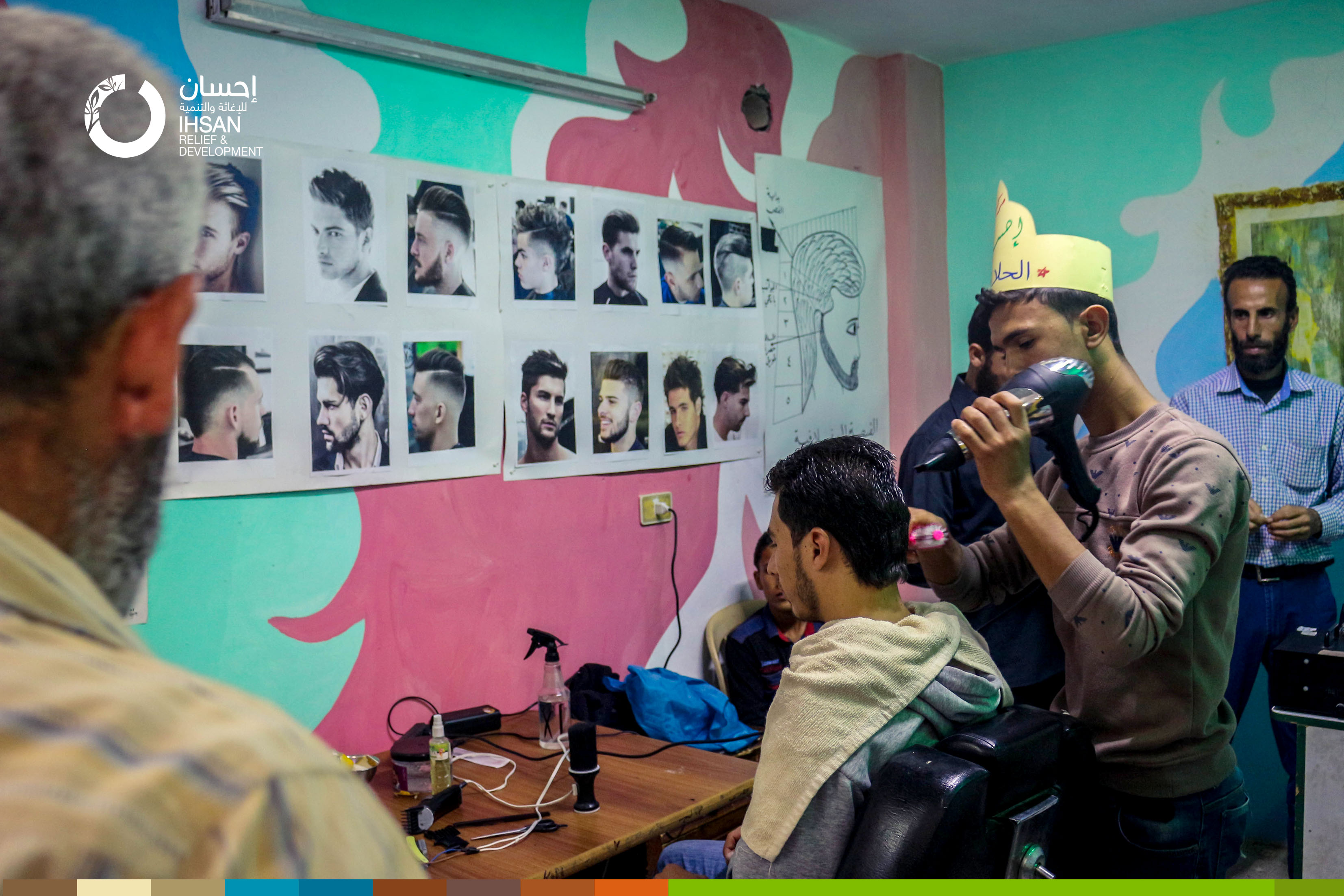






Date: 30th October 2017
To:
Syrian NGOs signing below received the news about de-escalation zones agreements between conflict parties in and around E. Ghouta in rural Damascus with great cautious. While the agreements stated ceasing military hostilities and increasing humanitarian access, they didn’t define exactly what is meant by this increase, nor did it mention any urgent necessary measures to alleviate the suffering of trapped civilians.
The humanitarian situation in Eastern Ghouta today had reached a catastrophic level. Around four hundred thousand people are suffering from a tight siege in a nearly full absence of commercial and individual movement to and from the besieged Ghauta. The United Nations in Damascus is also suffering from a catastrophic failure in humanitarian access to the besieged rural Damascus, mainly due to the frequent refusal of Damascus government of giving the necessary permissions and also the numerous obstacles, which, in most times, delay or hinder the delivery of humanitarian convoys that have already been approved. Moreover, humanitarian convoys already prepared based on needs assessment are subject to complete changes by Damascus government officials, including removal of many essential life-saving materials. For example, antibiotics are being omitted from medical aids. In addition, humanitarian response analysis reports and access reports to besieged people in Syria do not reflect their living conditions and do not evaluate it as evidence of the effectiveness and the quality of the humanitarian convoys. Rather, they rely on the number of delivered convoys and the number of people in need these convoys are enough for.
A family in the besieged area does not need a food basket once a year, but according to needs assessments, the needs are very severe and cross-sectoral. Inter-Agency convoys delivery patterns show they are very far from covering those needs. Moreover, humanitarian needs of the besieged population are not limited to goods and gifts in kind but are in need of various humanitarian programs such as livelihood, agriculture, psychosocial support and different protection programs. Humanitarian NGOs working in Eastern Ghouta across the border find themselves alone to provide all these programs and to fill the gaps in the context of a severe resource shortage and continuous decrease in funding cross-border humanitarian operations.
Syrian Non-Governmental Organizations signing below request immediately:
Signatories:
The League of Syrian Networks which consists of:
Syrian NGOs Alliance, Consisted of:
45. Al Sham Humanitarian Foundation – AHF
46. Big Heart Foundation.
47. Binaa Organization for Development.
48. Ghiras Al Nahda.
49. Ghiras Foundation for Child Care.
50. Hand In Hand for Syria.
51. Ihsan for Relief and Development – IRD.
52. Masrrat – The Syrian Establishment For Human Care & Enhancement.
53. Physician Across Continents – PAC.
54.Syrian American Medical Society – SAMS.
55. Syrian Expatriate Medical Association – SEMA.
56. Social Development International – SDI.
57. Syria Relief and Development – SRD.
58. Syria Relief-SR.
59. Takaful Al Sham Charity Organization.
60. Union of Relief and Medical Care Organizations – UOSSM.
61. Orient for Human Relief.
62. Violet Organization for Relief and Development.
63. Shafak
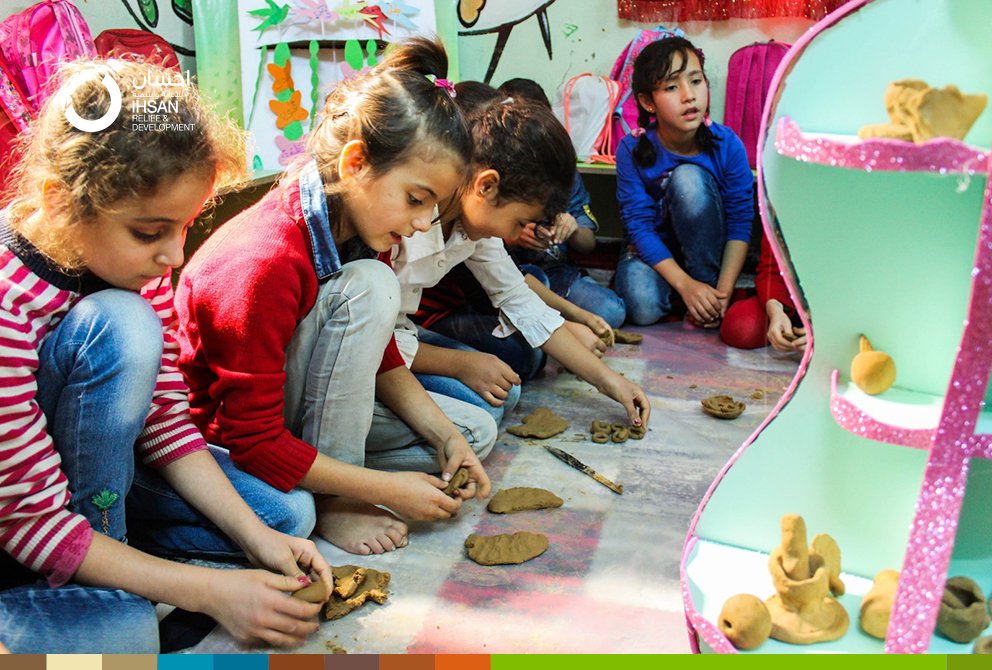
Snapshots of activities of the Creativity Room at Ihsan Child-Friendly Space in Armanaz, where children are learning how to form objects by using of clay in order to provide them with new skills and develop their creative and imaginative spirit.





For more information, visit or contact us:
Topkapı mah, Çayır Meydanı Cd.
No:123 D:Kat: 03, 34093 Fatih
Istanbul – Turkey
[email protected]
Fax: +90 212 263 41 75
